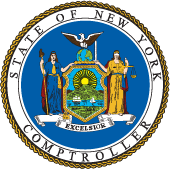Special Report Update: Education Revenues and Expenditures With a Highlight on Special Education For Regions Outside New York City
New York’s school districts are responsible for one of the most important functions of government – educating children from kindergarten through 12th grade. Each district must navigate a complex set of State rules and local needs and determine how to fund its programs using a mix of local property taxes and State and federal aid sources. This report provides regional analysis of certain financial and demographic data for New York’s school districts outside of New York City.
